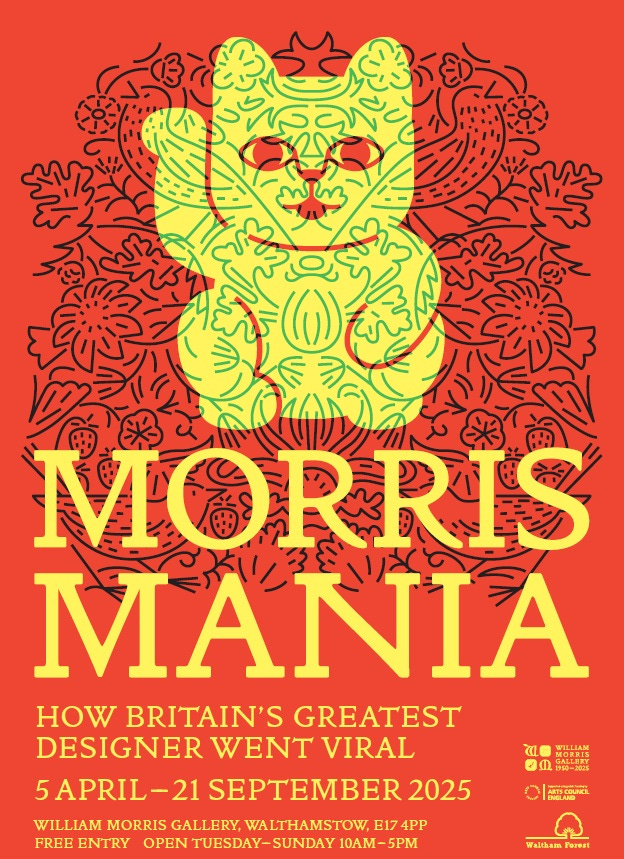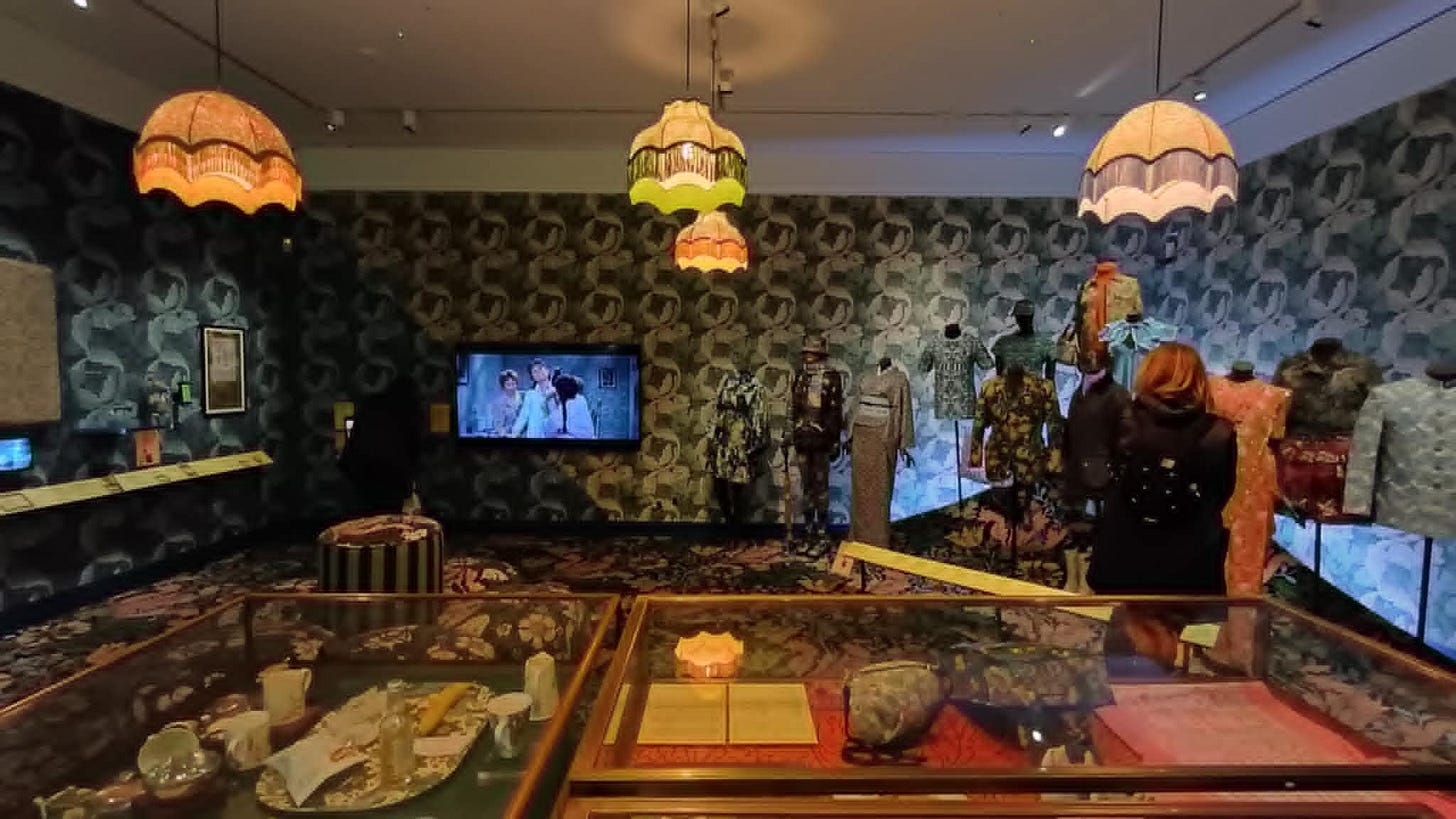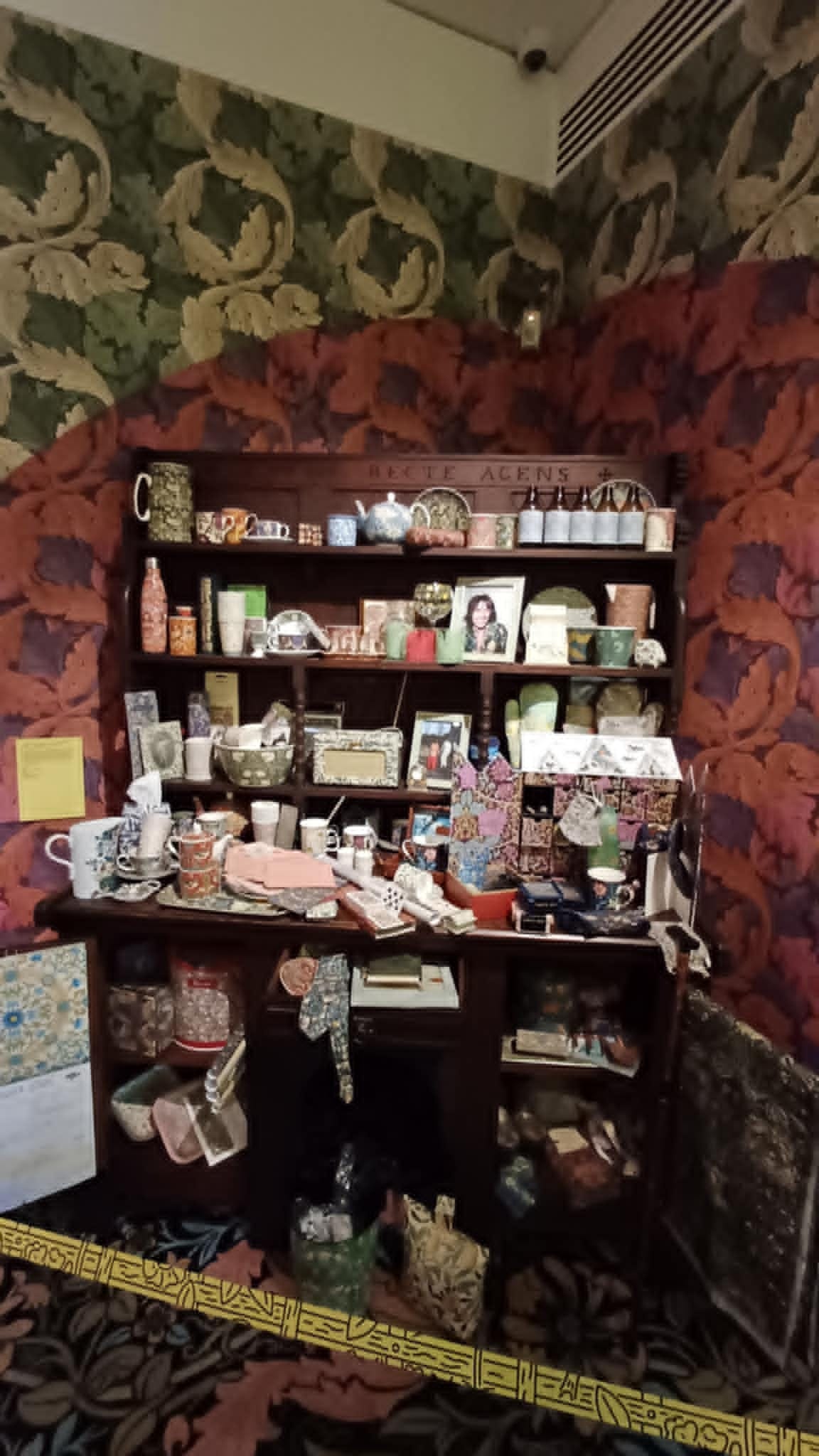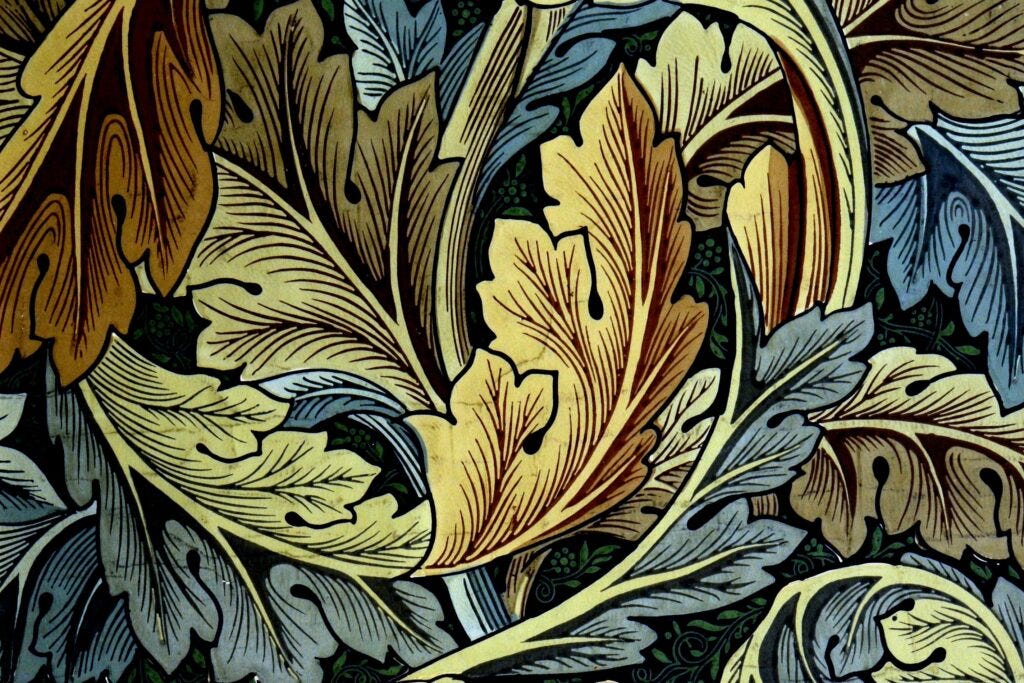Morris Mania!
William Morris's designs and...stuff. Lots of it.
I have a long-standing love of William Morris and his work. I read and teach his books (and ran a year-long reading group of his longest poem, The Earthly Paradise, a few years ago). I have Morris wallpaper, curtains and dresses, as well as the usual tea towels and mugs. And I’ve recently been elected a trustee of the William Morris Society, which I am delighted about. So the ‘Morris Mania’ exhibition at the William Morris Gallery is just my thing, and I was very excited to see it a few weeks ago. The premise of the exhibition is to explore the range of ways in which Morris’s designs have reached us in the 21st century (subtitle: ‘How Britain’s Greatest Designer went Viral’).
The exhibition (which is quite small, but crowded with items) indicates the history of the use of Morris’s designs, and the plethora of ways in which the designs are used now. The effect is quite overwhelming, from teapots to clothes to ornaments to bicycles and a submarine seat, and demonstrates effectively the extent to which our desire for Morris prints on everything has grown since the days of ‘The Firm’ with its beautiful, hand-crafted (and expensive) goods.
The exhibition, which includes items lent or donated by members of the public, tells a problematic story, in many ways. The exhibition information panels flag this up, to some extent:
Morris Mania explores a complicated legacy. Over 125 years since his death, Morris’s work continues to grow in popularity. His patterns are now affordable, well-loved and available to people across the globe, something he failed to achieve in his lifetime. However, this has been achieved in the context of mass-production, computer-generated design, global capitalism and environmental crisis. Morris Mania considers the ongoing impact of Britain’s most iconic designer in our increasingly cluttered and commodified world.
Morris wanted beautiful (and useful) things to be available to everybody; he wanted art to be democratised - we see that in his lectures, and in News from Nowhere, his medieval-style utopia in which everyone makes beautiful objects for the love of it. There is an argument, then, that the man himself would be delighted that everyone can have a piece of his work to beautify their homes.
But context is everything - and, as the exhibition info notes, we are now looking at multiple cheap reproductions of Morris’s designs which are churned out by machines and fill gift shops across the world. Many are low quality, disposable items which will end up as landfill. I can’t believe this is what Morris would have wanted.
The exhibition also engages with AI (see a previous rant here!) and its uses in design to create ‘Morris-style’ work. The info panel suggests that AI designs inspired by Morris can also embody the ethics of Morris’s work, something which I find unconvincing. After all, for Morris creating anything was not just about the result but about the process, and as the exhibition notes elsewhere, Morris argues in Art and Socialism that
Nothing should be made by man's labour which is not worth making, or which must be made by labour degrading to the makers.
The problems with our cultural ‘Morris Mania’ are acknowledged in the exhibition, then, and I continue to reflect on them. It’s a great concept for an exhibition and is well-executed, too, but I have to admit I left feeling slightly dispirited, that Morris is still - for most people - about a few pretty patterns, and about the overwhelming tide of stuff on which Morris’s designs feature. I also felt slightly unsatisfied - I wanted to discuss these things and think about them more reflectively, which I have been doing since but I wanted more space in the exhibition to explore these problematic ideas.
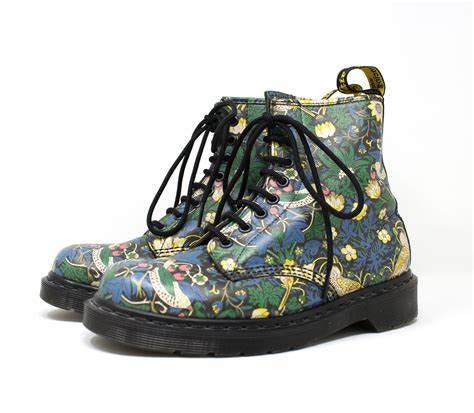

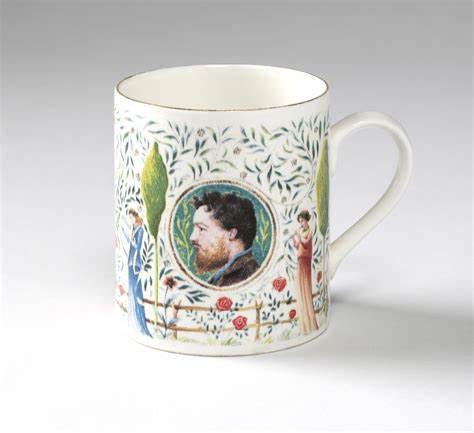
Still, I recommend a visit, and if you haven’t been to the William Morris Gallery before, the permanent galleries which are dedicated to Morris’s life and work are a huge pleasure, and perhaps need to be seen alongside the exhibition for the fuller picture.
Morris Mania is at the William Morris Gallery in London until September 21st 2025.

